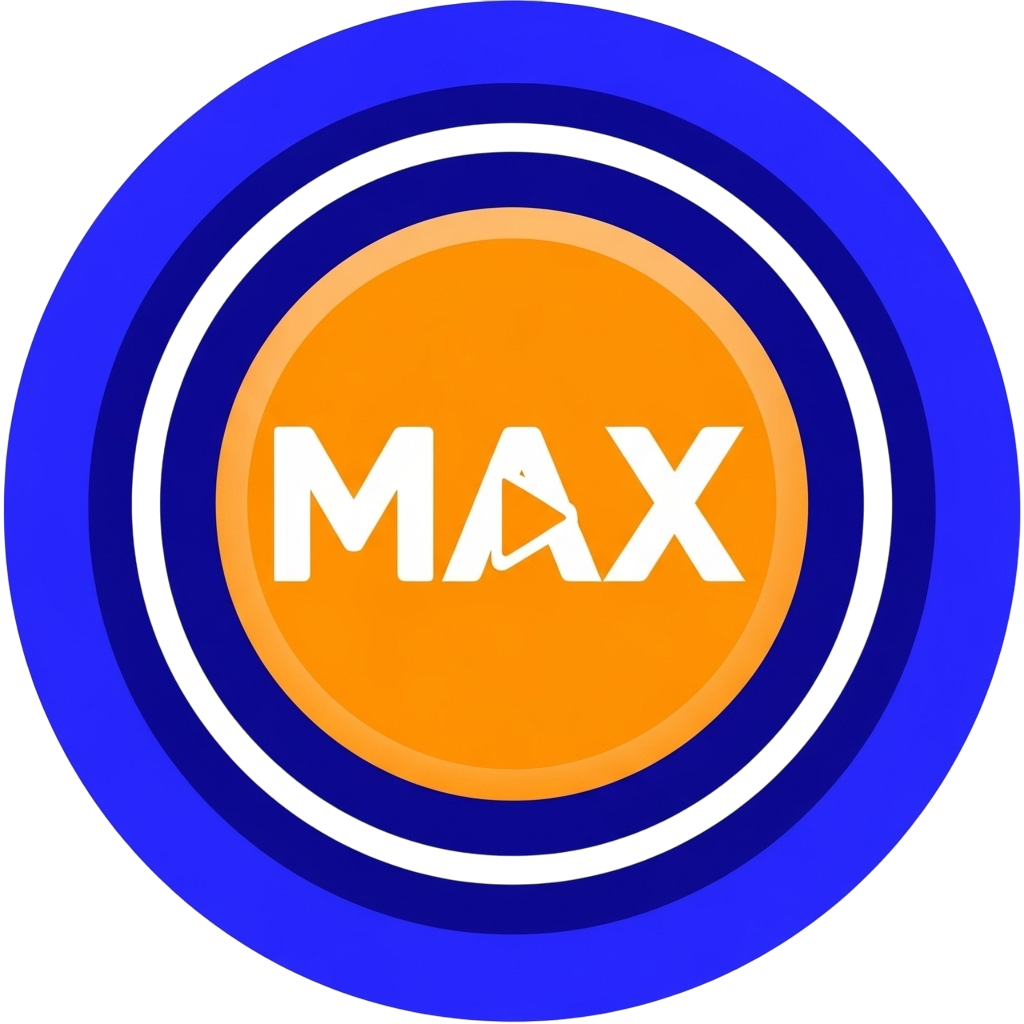The
Wolf Howl Soundboard is one of the most recognizable and widely used collections in internet culture. But what makes the simple sound of an "awooo" so iconic, and why has it become a comedic staple for streamers, video creators, and pranksters worldwide?
At its core, this is a stock sound effect-a high-quality, dramatic noise designed to evoke a powerful image: the wild, the night, and a sense of untamed freedom. Its fame stems from its sheer ubiquity and instantly recognizable, slightly overdramatic quality, making it perfect for both genuine dramatic moments and hilariously ironic ones.
Deep Dive into the Origin of the Iconic Wolf Howl
Where Did This Legendary Sound Actually Emerge?
To truly understand the Wolf Howl Sound Effect, we must trace the root of its key audio file. The iconic sound is not a random field recording, but a classic stock sound effect that has been reused across decades of media.
Experts have largely tracked the primary file to the Sound Ideas General Series 6000 Original library. This definitive collection of production sounds was first released in 1992. The specific audio file is often cataloged as "Wolves, Howling" (sometimes designated by a number like WOLVES 8 or WOLVES 10). Because it was a high-quality inclusion in one of the most popular sound libraries of its time, it became the default "wolf howl" for countless productions.
The Sound's Cultural Journey and Perpetual Relevance
Unlike many fleeting memes that have a single, clear moment of virality, the Wolf Howl Soundboard's popularity is rooted in its constant exposure in films and music, which cemented its iconic status before soundboards became mainstream.
The sound gained major traction and a distinct cool factor through its use in pop culture. For example, the precise howl sample opens the track "Nightcall" by Kavinsky (2010), a song famously used in the opening of the acclaimed movie Drive (2011). This consistent use made the sound instantly recognizable to a new generation. When soundboards rose in popularity, the "wolf howl" was an essential inclusion, ensuring it was ready for memeification whenever the right context arose.
Perfect Situations to Use the Howl for Maximum Effect
The comedic power of the wolf howl lies in its dramatic, almost theatrical flair. New users on soundboardmax.com can master this sound effect by deploying it for specific emotional or narrative beats:
- For Exaggerated Praise: When an online friend makes a particularly good play in a video game or says something "alpha," hitting the howl button adds over-the-top, ironic emphasis.
- Irony and Cringe Humor: Play the howl whenever someone is trying too hard to be cool, serious, or romantic, instantly underscoring the cheesiness of the moment.
- Jump Scares or Reveals: Use it as a quick, dramatic sting before a shocking or unexpected reveal in a video or stream.
Conclusion
The wolf howl remains an iconic, fun, and powerful piece of auditory culture. Its origin as a classic 1992 stock sound has allowed it to transcend decades of media, making it the perfect sound for streamers and content creators who want to add a punch of dramatic comedy to their content.
Ready to unleash your inner wolf and explore a universe of iconic sounds? Head over to soundboardmax.com and try out the Wolf Howl Soundboard today! While you're there, be sure to check out the equally whimsical and funny
Strawberry Elephant Soundboard for your next auditory adventure.
